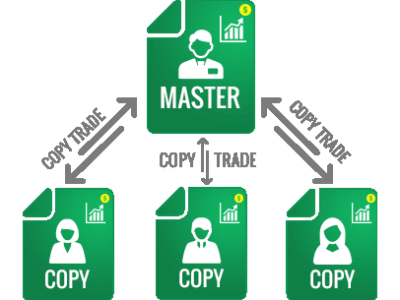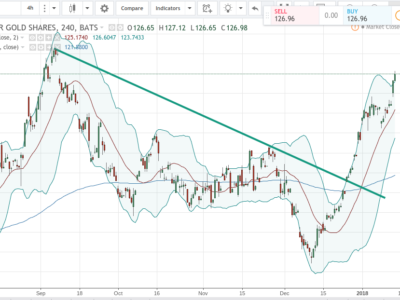Forex Trading: A Negative Interest Rate Still Working Against Krona
Forex Trading: A Negative Interest Rate Still Working Against Krona
In Sweden, the Riksbank is aiming to increase its inflation its goal of 2 percent — and given their projections it is expected to reach 2 percent in 2017. This could help support forex assets like the Swedish Krona relative to the US Dollar. The trend of inflation is higher and now we are seeing a 0.9 percent inflation rate and according to Sweden Central Bank Governor Stefan Ingves. In his interview with the Wall Street Journal, he said “the policy mix is correct, given our projections. And that means that inflation is going to be close to 2 or around two sometime in the course of next year.”
The Riksbank, with a repo rate of -0.50 percent, has taken massive purchases of government bonds, which pushed many interest rates down. In the minutes of the Executive Board’s monetary policy meetings, they say that this negative repo rate and large bond buying is what contributed to the positive developments in the Swedish economy, with falling unemployment (6.6 percent) and rising inflation (0.9 percent).
Reaching Targets
The confidence in reaching the inflation target did not weaken now, and the Executive Board said that “now, as then, continued expansionary monetary policy is therefore needed.”
The repo rate of -0.50 percent was agreed upon by the Executive Board unanimously, and with the plan they adopted in April, they plan to continue purchasing government bonds in the second half of 2016. The repo rate will not change until the second half of 2017 where they would slowly increase the repo rate.
Protecting Trends
To protect the trend in the inflation rate, Sweden will keep the interest rates low, and they guard its risks with various policies to ensure long-term economic growth in the country as said in the minutes of the Monetary Policy Meeting held on the 6th of September 2016:
“Interest rates need to be low at present to safeguard the inflation target. But the low level of interest rates is associated with risks and a combination of measures is required within various policy areas to ensure long-term sustainable economic development in Sweden.”
As long as the risks of rising interest rates are higher than the risks of low-interest rates, the Riksbank will maintain its negative interest rate, and the Swedish Krona is likely to see declines until changing inflation trends start to accept an alternative viewpoint on the economy.














